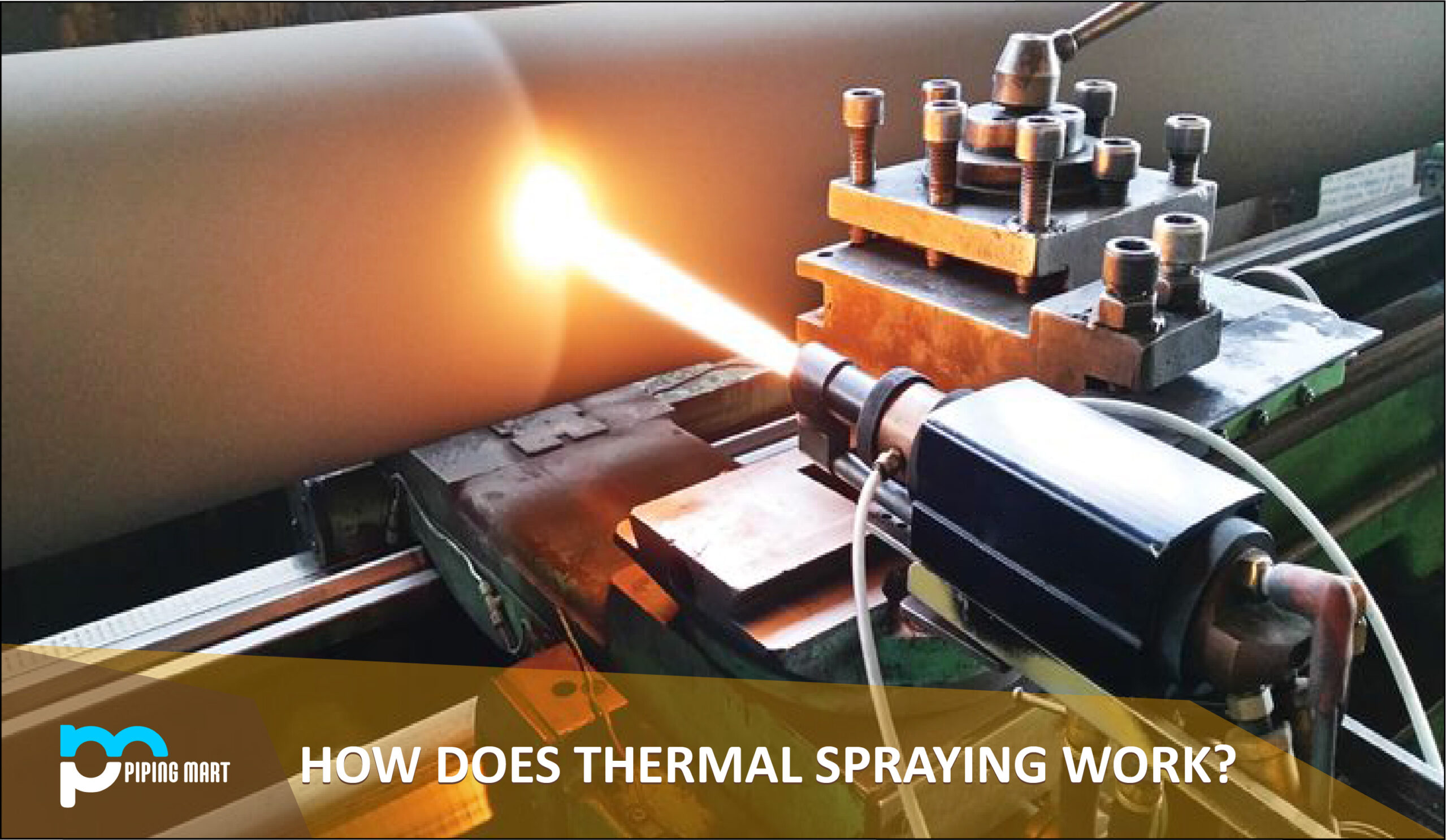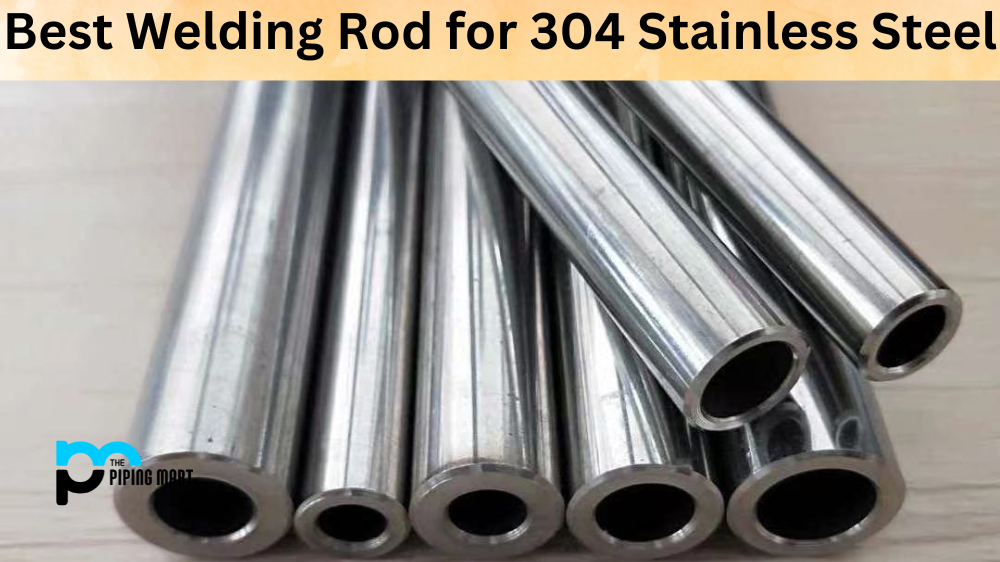Thermal spray coatings are used in many different sectors nowadays. These coatings are made of wire and molten powder and are burned with oxygen or plasma. The fire from the spray device will power the heated combination, and after it has been sprayed onto metal, the mixture will retain a hard coating.
Thermal spray coatings have a wide range of beneficial uses, including defending buildings, vehicles, and other structures from harsh chemicals and weather elements like humidity and rain and against severe temperatures. We shall discuss thermal spraying in this article and its uses and advantages.
What Is Thermal Spray Coating?
In coating procedures called thermal spraying, materials are heated or melted and then sprayed onto a surface. The “feedstock” (precursor to the coating) is heated using either chemical or electrical (plasma or arc) methods (combustion flame).
Compared to other coating methods like electroplating, and physical and chemical vapour deposition, thermal spraying can produce thick coatings (approximate thickness range is 20 microns to several mm, depending on the process and feedstock).
Metals, alloys, ceramics, polymers, and composites are among the coating materials that can be applied by thermal spraying. They are propelled towards substrates in the form of micrometre-sized particles after being fed in powder or wire form and heated to a molten or semi-molten condition.
Thermal spraying often uses electrical arc discharge or combustion as the energy source. The buildup of several sprayed particles creates the coatings that constitute the end product. The surface might not heat much, allowing combustible materials to be coated.
Typically, the porosity, oxide content, macro and microhardness, bond strength, and surface roughness of a coating are measured to determine its quality. In general, when particle velocities rise, coating quality rises as well.
Thermal spray coatings repair worn-out and damaged in-service parts and give machined items their original dimensions. Thermal spray coatings are used to restore the proportions of worn-out or corroded parts, such as undersized bearings and printing rolls.
How To Do Thermal Spraying?
In the broad category of coating methods known as “thermal spraying,” a consumable is coated using a spray of finely separated molten or semi-molten droplets.
Its capacity to deposit coatings of metals, cermets, ceramics, and polymers in layers of considerable thickness, typically 0.1 to 10mm, for engineering applications, sets it apart from other coating technologies. Almost any substance can be deposited as long as it melts or turns into the plastic while spraying. The particles gather as “splats” or “platelets” at the substrate surface, which interlock and pile up to produce the coating.
The deposit does not need to fuse with the substrate or turn into a solid solution for a bond to develop. This distinguishes thermal spraying from other coating techniques, especially arc welding, brazing, and laser coating.
Instead of being metallurgical or fused, the bond between a thermally sprayed covering and the substrate is essentially mechanical. The substrate surface must be clean and roughened by grit blasting or machining before spraying to ensure proper adhesion to the substrate.
For component preservation and reclamation, thermal spraying methods have been extensively employed in all principal engineering industry sectors for many years. Thermally sprayed coatings now have a more comprehensive range of potential applications because of recent improvements in process and equipment.
Types Of Thermal Spray Coating Processes
- Thermal spraying is distinguished into several forms:
- Plasma spraying
- Detonation spraying
- Wire arc spraying
- Flame spraying
- High-velocity oxy-fuel coating spraying (HVOF)
- High-velocity air fuel (HVAF)
- Warm spraying
- Cold spraying
- Spray and Fuse
The particle velocities in traditional (created between 1910 and 1920) but still extensively used methods like flame spraying and wire arc spraying are typically modest ( 150 m/s), and raw materials must be molten to be deposited.
The 1970s saw the development of plasma spraying, which employs a high-temperature plasma jet produced by an arc discharge with typical temperatures >15,000 K to spray refractory materials such as oxides, molybdenum, etc.
Five most common processes to generate thermal spray coatings
- HVOF (High-Velocity Oxy-Fuel Spraying)
A torch is employed in the HVOF process, allowing the flame to spread once the nozzle is activated. The particles in the mixture accelerate quickly, as a result, in increasing their speed. The ultimate product is a uniformly distributed, fragile covering. This coating is robust and sticks nicely despite being thin. Though it is less prone to corrosion than plasma coatings, it is not well suited for extremely high temperatures.
- Combustion Flame Spraying
Spraying with combustion flames is an excellent alternative for surfaces that aren’t made to withstand a lot of stress. Since a reduced flame velocity drives the spraying mechanism, the coating produced due to this procedure is not firmly bonded to the surface.
The fuel will be mixed with oxygen to create a flame, which will melt the mixture. Due to its inexpensive cost, combustion flame spraying is useful for low-intensity applications.
- Plasma Spraying
The plasma torch is the primary equipment used in plasma spraying to heat and spray the coating. The powder material is applied to the product akin to combustion flame spraying after it has been melted down.
The coatings created by plasma spraying can range in thickness from a few micrometres to a few millimetres. Metals and ceramics are also used, albeit powder is the substance that is employed the most. The versatility of the plasma spraying technology contributes to its enormous popularity.
- Vacuum Plasma Spraying
Even though vacuum plasma spraying takes place in a controlled setting, low temperatures are used. This keeps the vacuum in place and lessens material damage. Several gas mixtures can be employed to provide the required pressure for spraying.
Items like dashboards, door mirror housings, and car bumpers can all be sprayed with vacuum plasma. Additionally, polyethene mouldings can be pre-treated using this method to increase adherence to water-based epoxy adhesives.
- Two-Wire Electric Arc Spraying
This spraying technique makes use of an arc point that is formed between two electrically conducting wires. The junction where the wires meet will melt. The arc permits heating, which results in deposition and melting, much like combustion flame spraying when a torch is used.
The coatings will be sprayed using compressed air. This process is well-liked since it is economical and often starts with aluminium or zinc as the primary material.

Pipingmart is B2B portal specializes in industrial, metal and piping products. Also, share latest information and news related to products, materials and different types grades to help business dealing in this industry.




